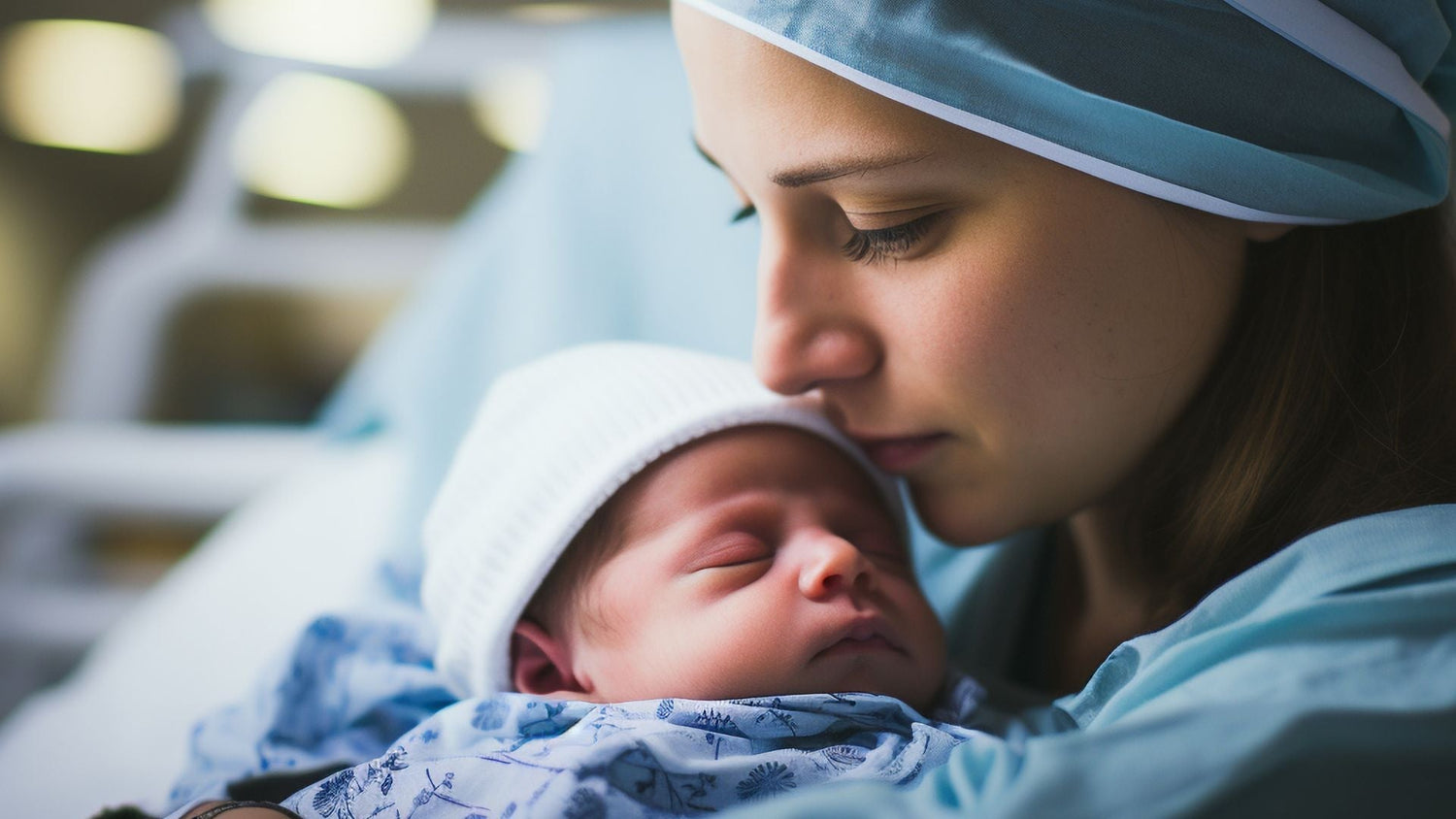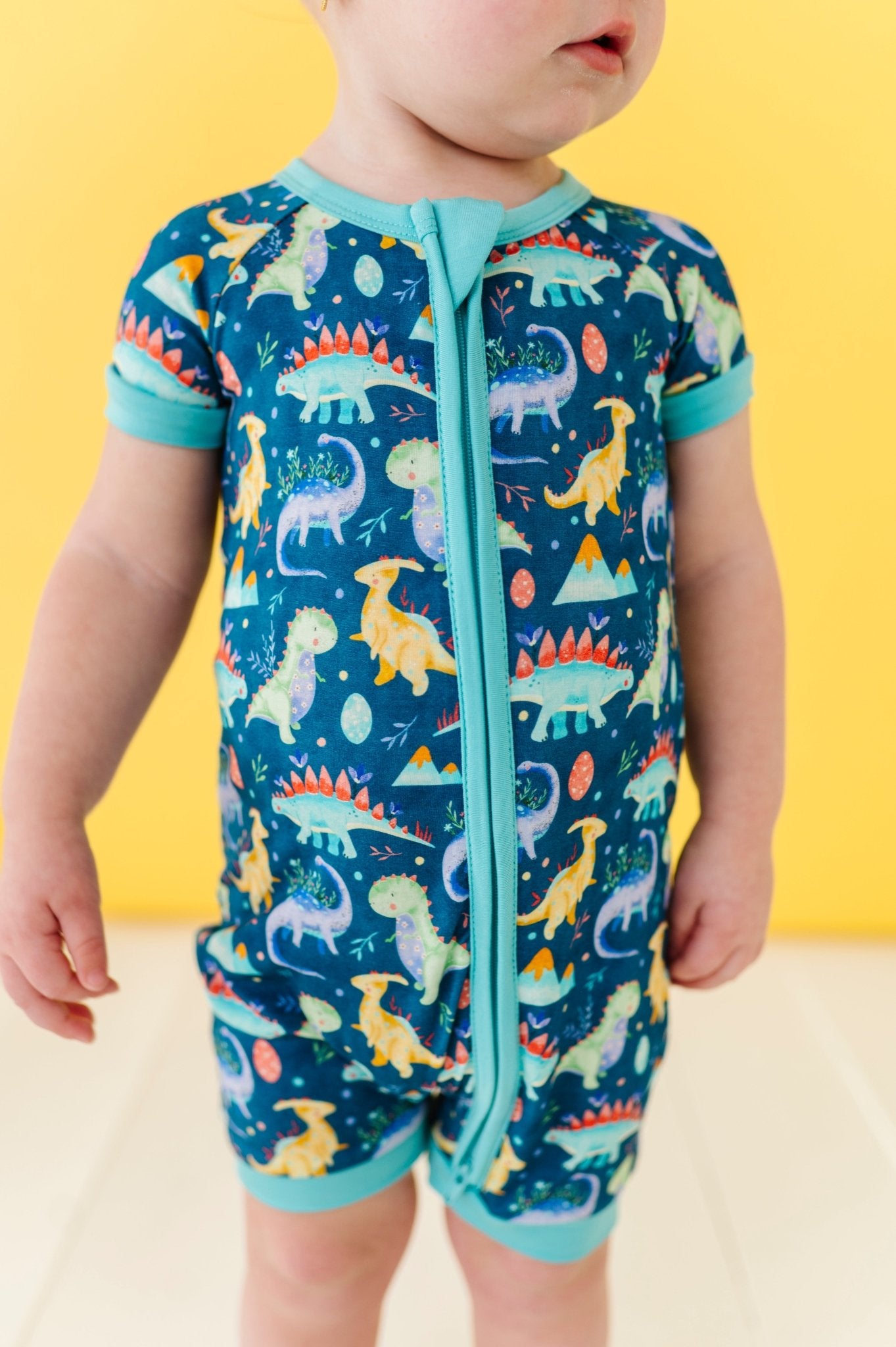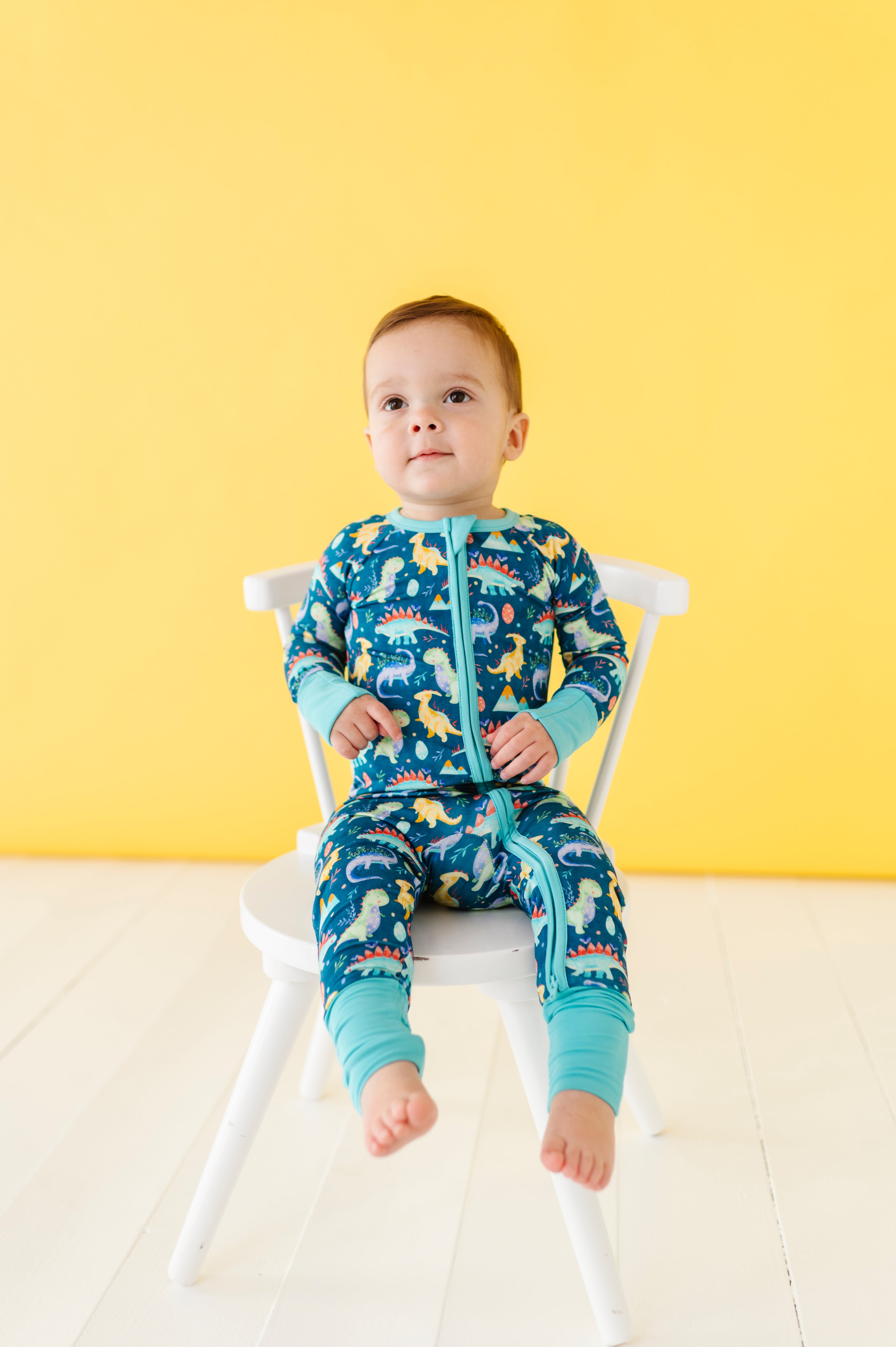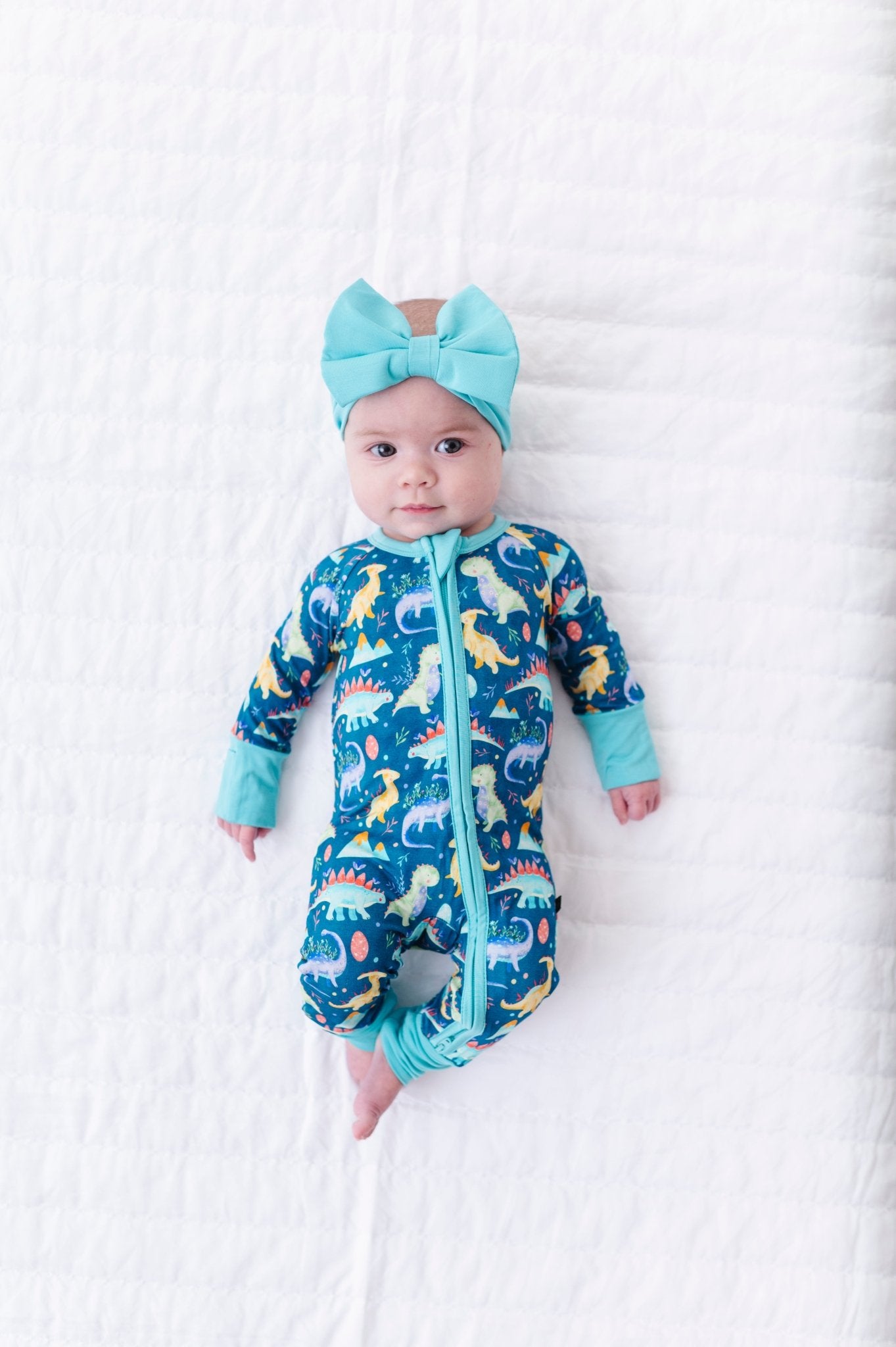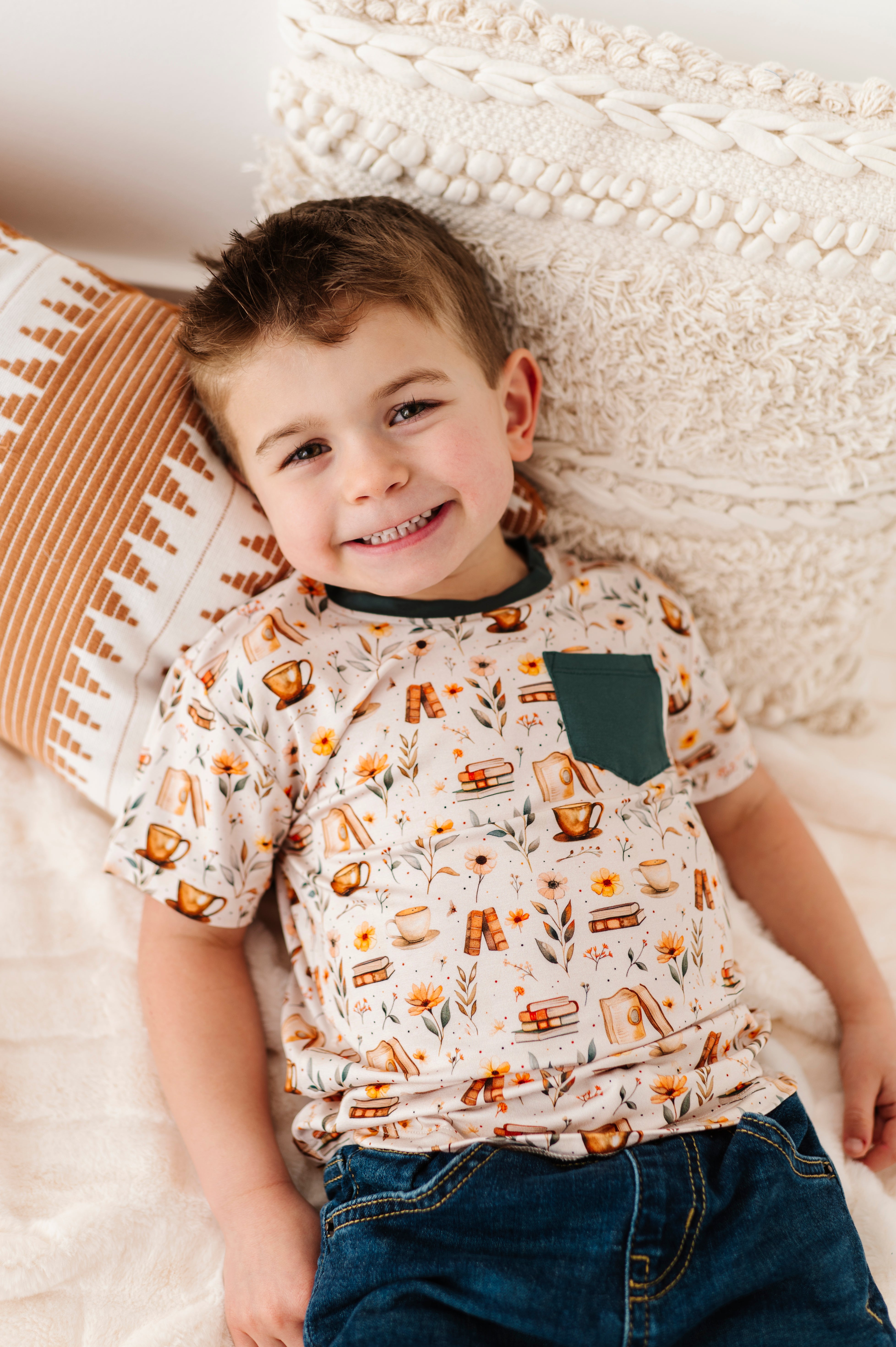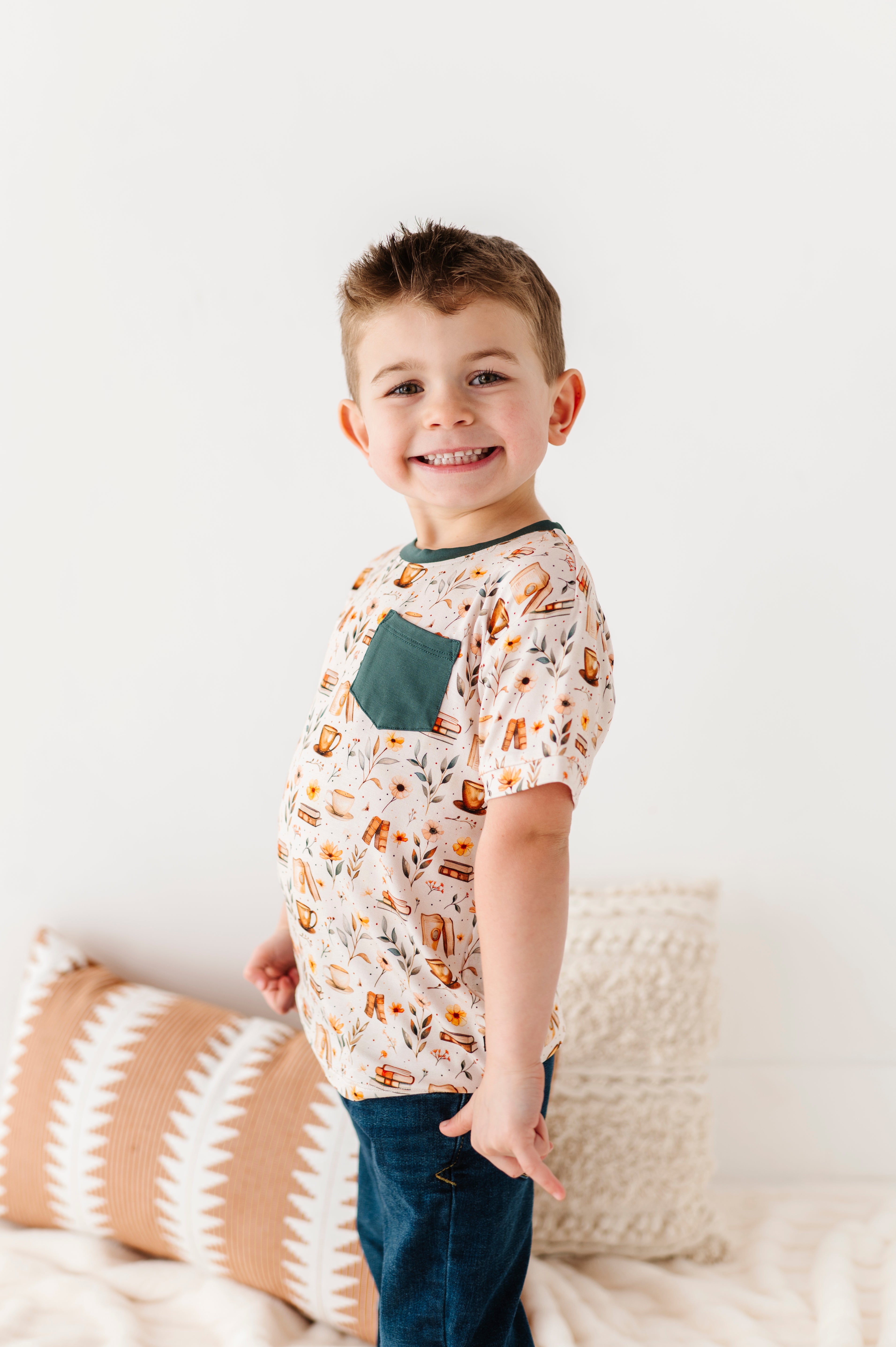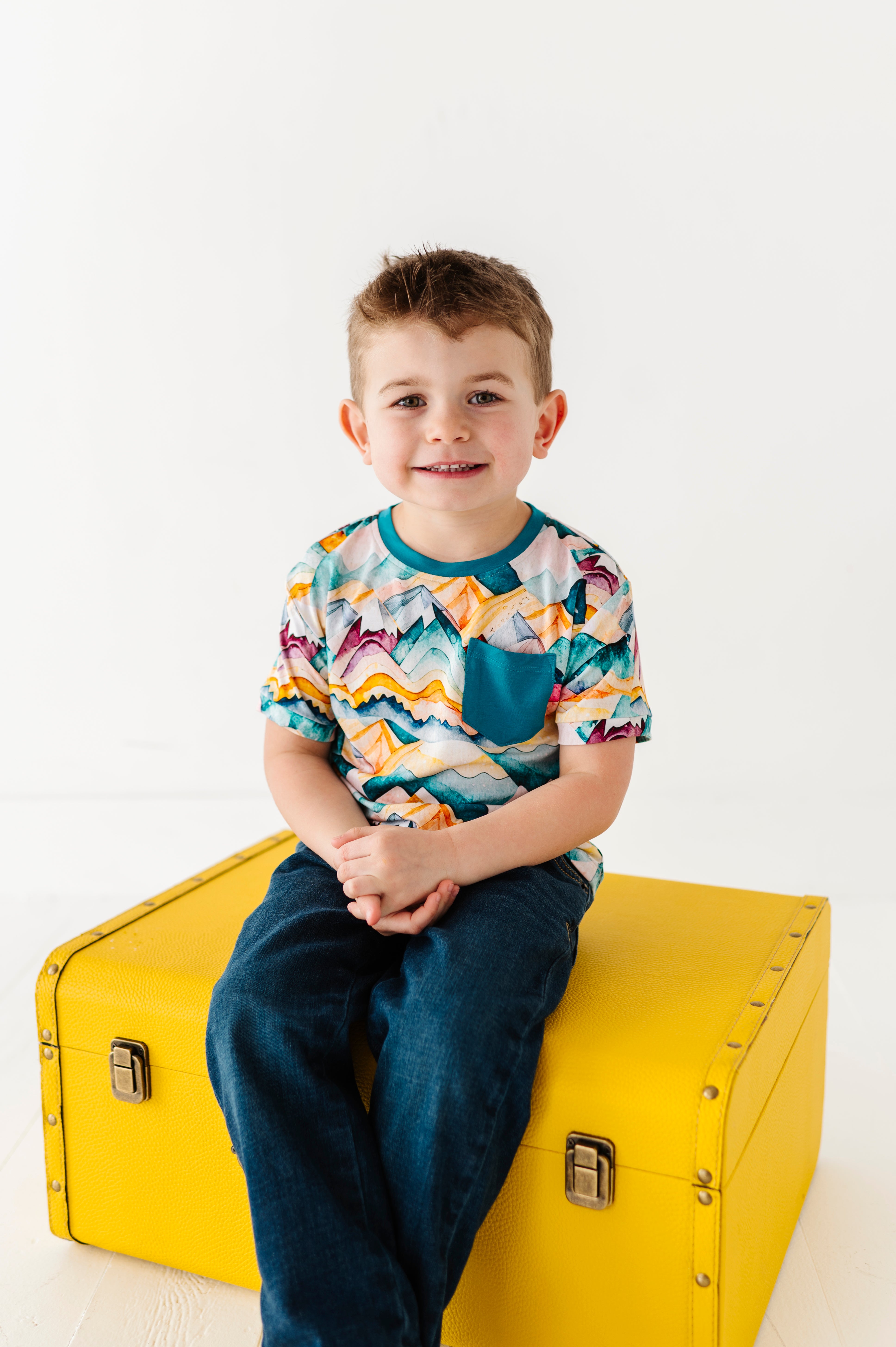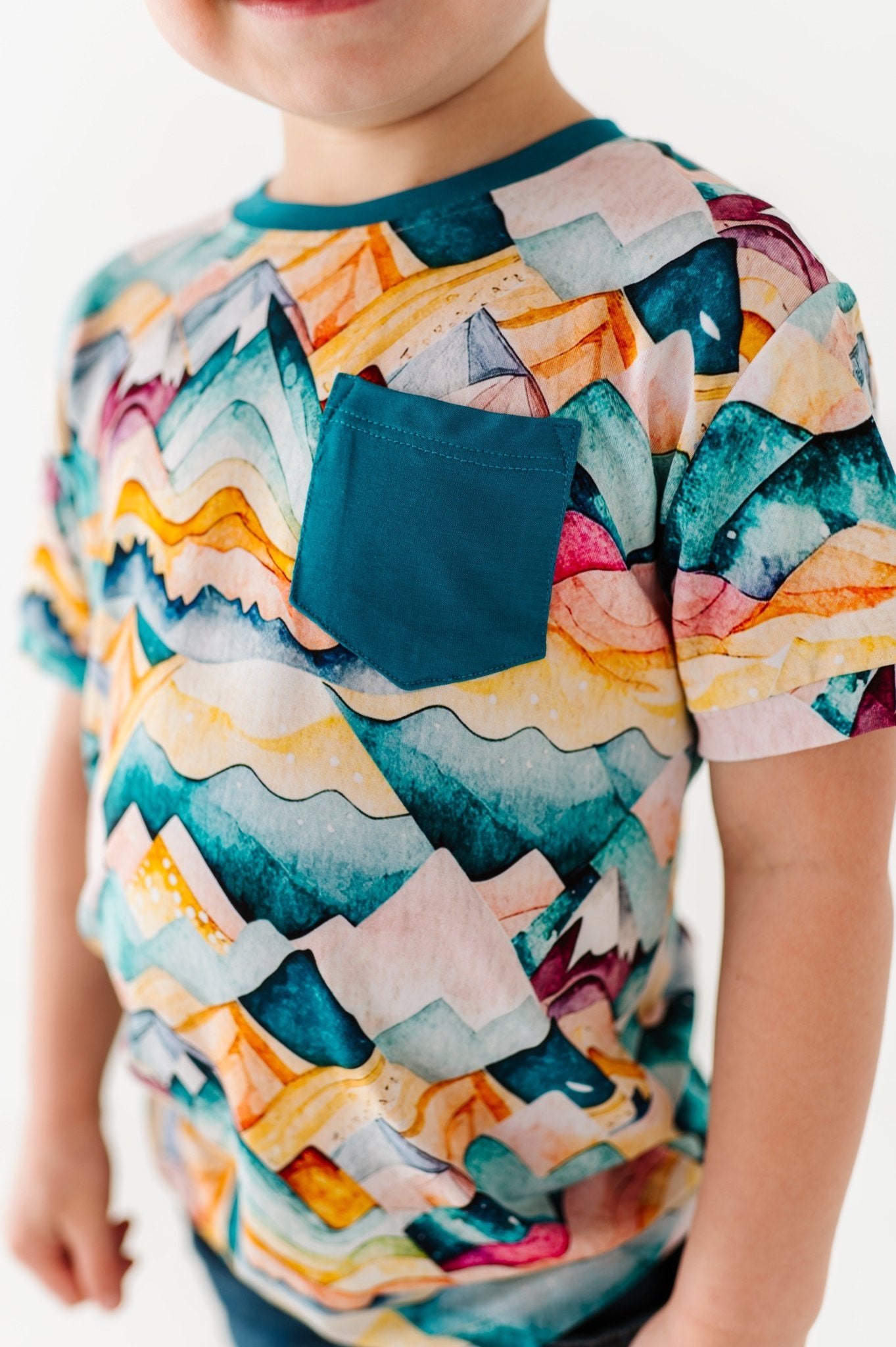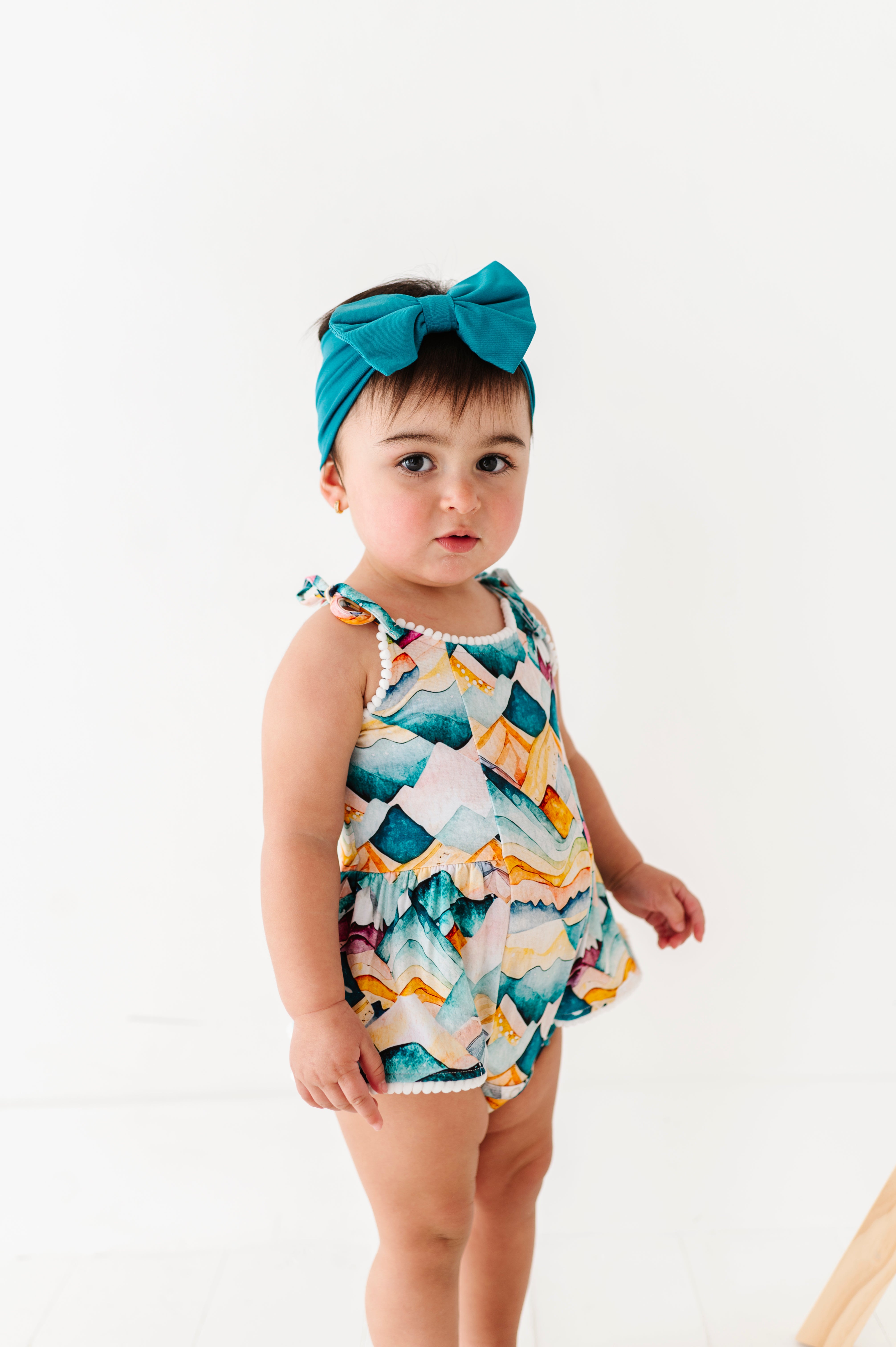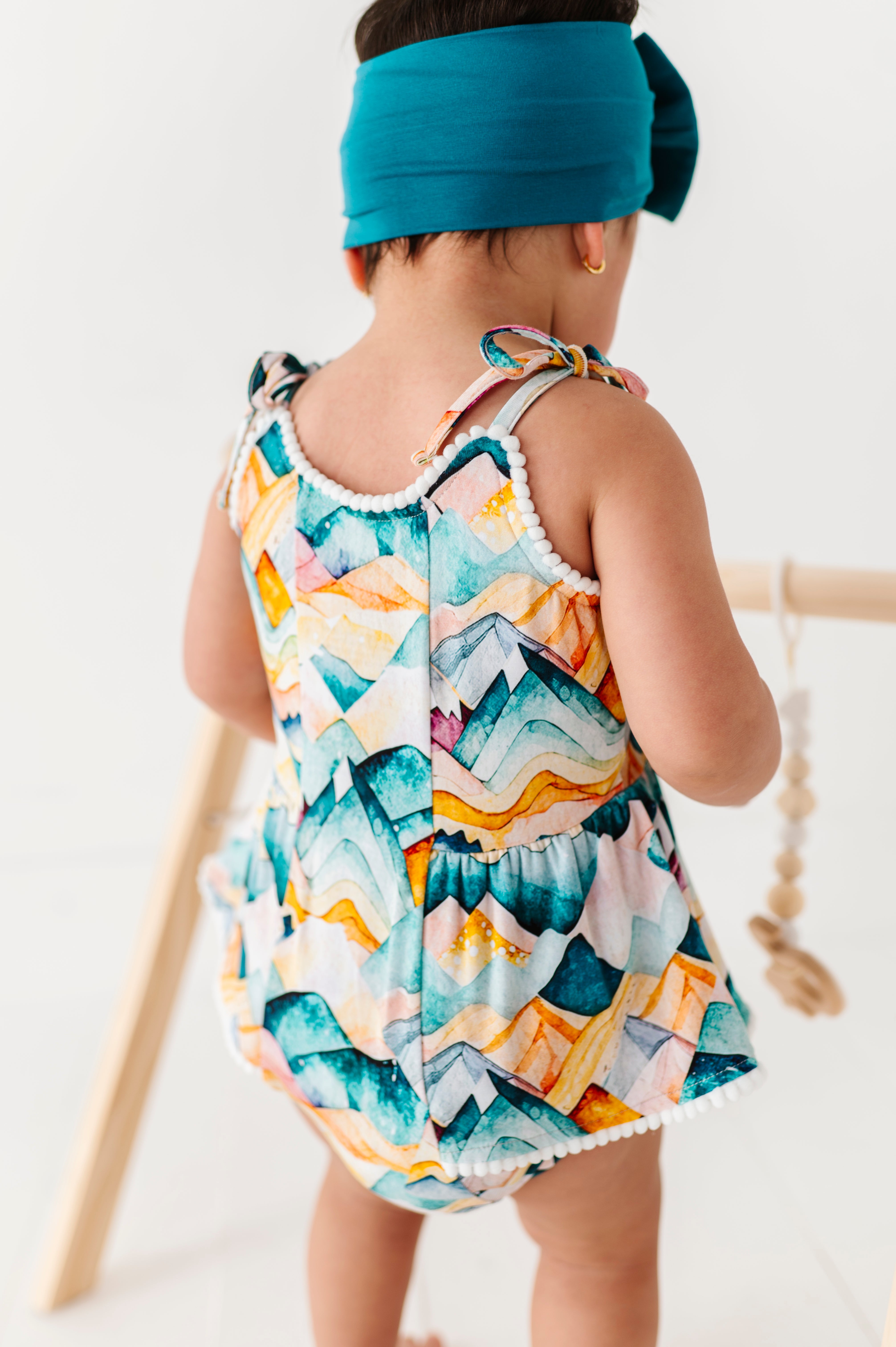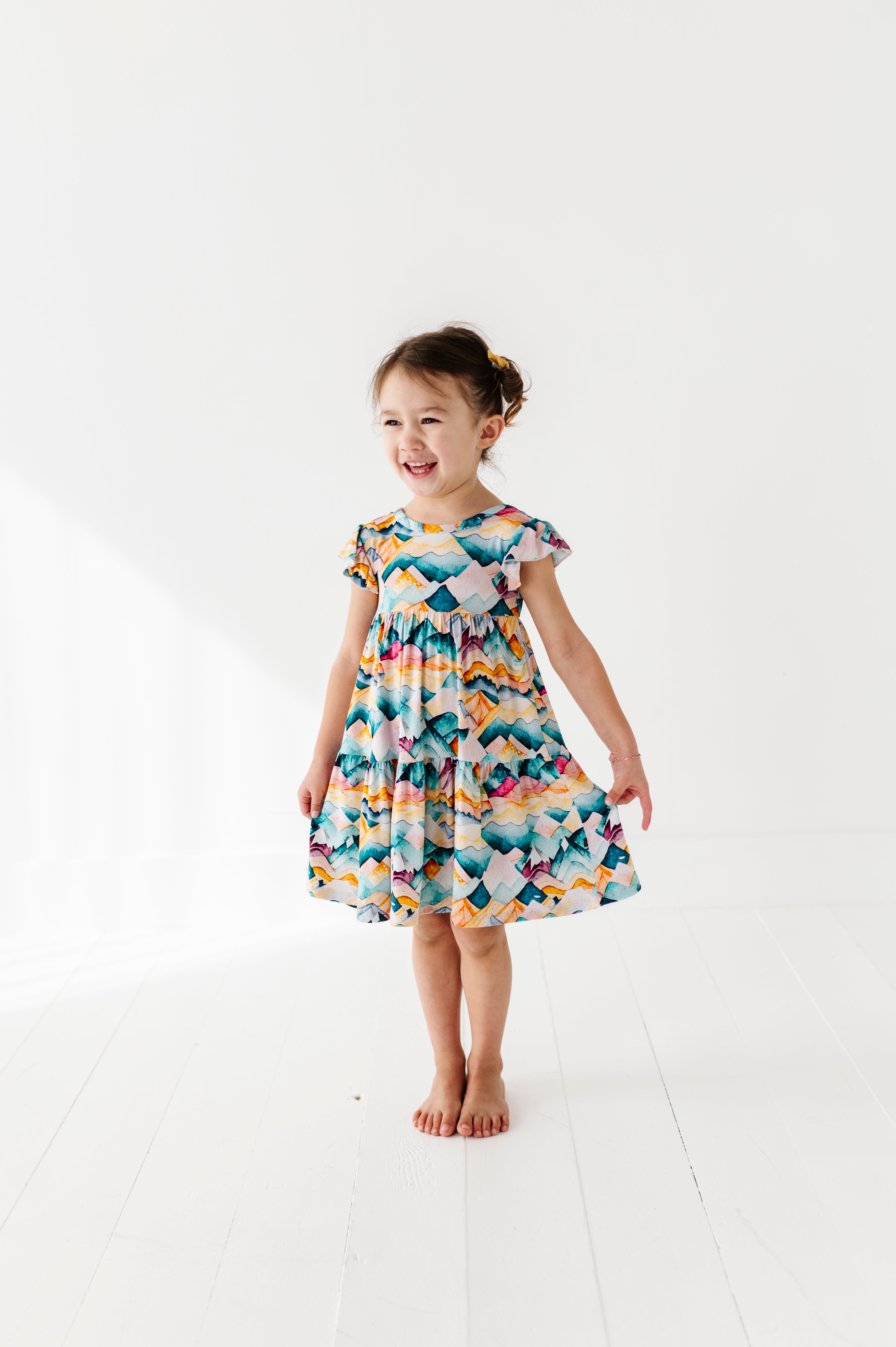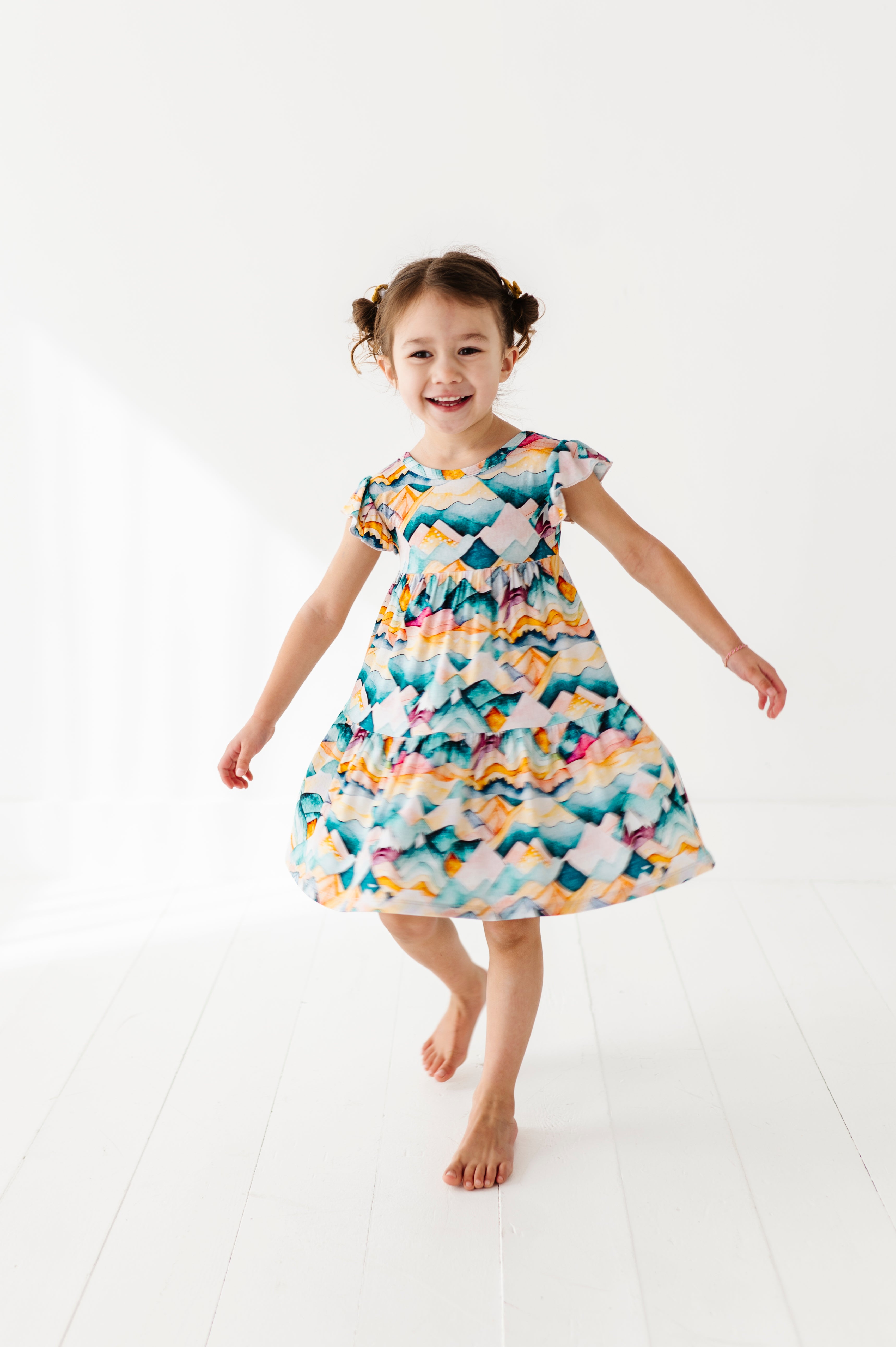Packing your newborn baby clothes set for the hospital is an essential task that you need to carry out as a to-be mum. So, if you are wondering what baby clothes to bring to the hospital, this is the ultimate guide to help in packing the right items and clothes for your baby.
As a new mum, the first few days after your baby is born are usually a rollercoaster of emotions; you’ll feel relief, happiness, fear, and joy. Sometimes, you may also feel teary or anxious but don’t worry, these feelings pass after the first few days. Adjusting yourself and your lifestyle to accommodate a very special little human might be a hassle, but hey, it’s worth it!
Essential Items to Pack for Your Baby’s Hospital Stay
Packing for your newborn hospital outfit should happen earlier than your due date, let’s say your third trimester or the eighth month of your pregnancy- in case your baby arrives early. Your bag should contain essential items like your hospital documents, toiletries, homecoming outfits for you and your baby, nursing bra, items needed to breastfeed, extra-undies, and absorbent pads (take a lot of this).
Typically, for your new baby, carrying the standard hospital newborn baby clothes means packing onesies, baby blankets, newborn-sized gowns or sleepers, diapers, baby wipes, mittens, tiny pants, and socks. Let’s not forget about the infant car seats to keep your baby safe and secure. While some of your baby's first clothes are already provided by the hospital to care for babies, you may have to carry yours so you don’t end up lacking some newborn essentials.
What Your Newborn Would Wear in the Hospital: Essential Newborn Baby Clothes Set for Hospital
After delivering your baby safely (congrats!), the hospital takes responsibility for caring for your child, dressing them up, and of course, checking their vitals, making sure they are healthy. For babies who need special treatment, the midwives give extra care to them at the neonatal unit. Let’s discuss what do newborns wear in hospital. Also, we get to examine what should be on your hospital newborn baby clothes list.
1. Hospital Onesies or Gowns
A onesie is an all-rounder baby hospital outfit that is just cute and versatile for newborn babies (my favorite onesies are definitely our cute Pickin' You or Woodland Nights zip jammies collection). There’s just something about onesies that is stylish for your little human and another thing, they’re also always in season! To get a onesie that perfectly fits, it is best to get it in a newborn size and one in a 0-3-month size. Gowns are also good newborn outfits for hospital wear, very easy and comfortable. Babies most likely feel settled and sleep better when comfortable, and gowns give them that warm and cozy feeling of being in the womb.
2. Swaddles
Studies have shown that swaddles are best to ease babies, reduce their startle reflexes, and allow them to sleep longer. There’s no single swaddle that works the same way for all kids, and some kids even get to outgrow their swaddle type for another. There are three main types of swaddle blankets: the traditional, ready-made, and pouch swaddle. The traditional swaddles are usually large and thin, and one must be able to wrap this correctly around a child unless it wouldn’t be as effective. The ready-made swaddle blankets are easy to swaddle with wings that securely wrap your baby. The pouch swaddle blanket is the blanket that holds your baby inside a pouch or a sack that you can zip up and down, although there are no additional features that secure their arms.
Choose a swaddle that has a cotton and muslin material, it is soft and very delicate on your baby’s skin. It is also breathable, making them sleep soundly.
3. Hats and Mittens
The nurses cover babies' heads with hats immediately after they're born to keep them warm. After coming right out of a warm and cozy space (the womb), they still need to maintain that environment and temperature before they fully adapt. You can add hats and mittens to your what do babies wear right after birth list of things to get. You should also know that babies lose heat from their heads, making them vulnerable to cold, so wearing a hat helps your baby maintain a stable body temperature. Mittens are also great for infants as well. They are little gloves that protect babies from scratching themselves. Babies tend to scratch themselves because they move a lot, so you need to make sure your baby gets that extra protection. Even with their nails clipped, it doesn’t stop them from scratching their face and other parts of their body.
4. Socks
Wearing socks for your newborn also has to do with regulating their temperature and keeping them warm. You don’t want their tiny feet and toes being exposed. Typically, babies have poor circulation, making their feet always colder than adults, so if you are cold, your child has that feeling, too, which is even more than you feel it. Let’s keep those feet safely tucked in. Although after you leave the hospital to your home, you don’t need to wear socks for them every time, they don’t always need to wear socks.
In place of socks, the sleepy sloth has adorable sleep sacks that keep your babies warm and snug, especially when they need to sleep (check out our Tutu Cute, Mason, and Charlotte sleep sack clothing sets).
5. Homecoming Outfit for the Baby
We’d advise you to keep it easy on the baby’s homecoming outfit when they get discharged from the hospital and ready to go home. Try not to overdress your baby; instead, be simple and wear a cute outfit for them. For boys, a onesie set or a side-snap bodysuit will be great. For girls, a gown and a bow set will be most comfortable and easy for them, especially our Mystic Sky solid bow collection to keep your baby girl cute.
 Note that you have to get the right size for your baby- if you are not too sure about this, get them in newborn size (as mentioned earlier).
Note that you have to get the right size for your baby- if you are not too sure about this, get them in newborn size (as mentioned earlier).
Why Choosing The Right Newborn Clothes Matters
You want to be sure you are taking the best newborn outfits for hospital use. Check out and consider these considerations:
1. Comfort and Functionality
Choosing comfortable clothes for a baby is the most important thing to consider while packing for your baby’s birth. Are the clothes breathable and soft? Once you answer this valid question positively, go ahead and pack them. Materials with cotton or muslin materials are great options, they are fabrics that feel good on the skin and allow air to circulate easily. Bamboo fabric is another good material that you should consider for your newborn, especially if they have sensitive skin. These materials are known for being breathable, naturally hypoallergenic, and amazingly gentle, reducing the risk of allergies or skin irritation.
2. Ease of Use
Do the clothes make it easy for your baby to move and easy to access? Make sure the clothes being packed aren’t too tight and will not restrict their range of motion. If it is, then the clothes are a no-no for your newborn. Accessible clothes for babies would be described as clothes that make it easy to change their diapers and conduct medical checks at the hospital. Changing a baby’s diaper can happen up to 6-8 times per day, so imagine if you have to make your baby uncomfortable and inconvenient for the child. Choose easy-to-wear clothes, the perfect example is a onesie.
3. Temperature Regulation
Always keep in mind that a baby needs to be warm always and never be exposed to cold, your baby's health is important. They can’t regulate their temperature on their own yet, so it is especially important to use clothes to do so. Clothes like socks, hats, mittens, and sleep sacks come in handy. We also recommend skin-to-skin contact with them.
How To Choose the Right Size for Newborn Clothing
It might be a bit difficult to find the right size of clothing- especially with so many sizes and styles of clothes available. Well, we’re here to help pick the right size for your baby. Most infants' clothing usually comes in age-based sizing- 0-3 months, 3-6 months, and 6-12 months. Choosing their dress isn’t only age-based, their weight, height, and growth pattern also matter while picking the right kind of clothing. If your baby weighs 8 pounds to 20-22 inches long you would have to wear normal newborn-sized clothing, making it a bit loose as well.

One thing about babies, they grow significantly fast, especially during the first 3 months. After 3 months, some babies would have doubled their initial weight and added a few more inches. Look out for clothes that can stretch or elastic-like clothes with adjustable features. Between 3-6 months, babies move and stretch more, so consider going out for more clothes because your baby would have outgrown most of them, and by then, it would be easier to understand more and know your baby's shape, weight, and preference.
If you are wondering if it’s okay to buy clothes in all sizes, we’ll want to share a tip with you- buy less! This tip is to help you from buying a lot of clothes you wouldn’t need and end up giving them out (or just have them piled up in a wardrobe somewhere in your house).
Safety Considerations For Newborn Clothing
Before we move right into the safety considerations, you should understand what it takes to put on clothes for your newborn, and yes, we’ll give you some ideas. First, be extremely gentle and take your time with them, gently put the cloth over the back of their head- whether it’s a top or singlet, pull it over the face and lead their arms through the sleeve. Do the same for the other hand and follow this same process when taking off the clothes.
To sleep, it is best that you dress them neither hot nor cold to avoid them overheating. If they get too hot, it can increase their risk of sudden infant death syndrome (SIDS) and sudden unexpected death in infancy (SUDI). You need to learn about dressing your baby for sleep, the right room temperature for them while sleeping, and all kinds of baby placements.
However, you still NEED to keep them warm, and we strongly encourage the use of swaddles. Although swaddling isn’t as easy as it looks, it is simply wrapping a thin baby swaddle blanket around your baby’s body to make it feel like a womb. Midwives at hospitals are expected to teach you how to swaddle, so maybe it isn’t that difficult after all. When you swaddle your baby, it promotes and helps them sleep faster. It is one of the required newborn baby clothes set for hospital.
Let’s discuss some safe sleep practices you should apply to your newborn:
- Let your baby always sleep on their back
- Do not wear a hat on your baby while they are sleeping
- Place your baby on a flat and firm mattress, use a clean sheet
- Let them sleep in the same room as you (at least for the first 6 months)
- Keep items, like pillows and stuffed toys out of their sleep space
- Keep your baby’s head uncovered, only tuck their blankets to their shoulders
- If you’re carrying your baby in a sling carrier, do not cover their head with it
Dressing Newborns For Warm and Cold Climates
The different approaches to dressing your baby for warm and cold climates are as follows:
Dressing your Baby for Warm Climates
If your baby is due to come when it is in the warm season and you are preparing for your hospital stay, pack more lightweight clothes, not thick ones. Light clothes could be singlets, nappies, thin blankets, light hats, short-sleeved onesies, or rompers. Dress them to feel comfortable and cool, mostly wear them in one layered clothes. Your baby’s hospital room temperature should be between 68-72 degrees Fahrenheit. Of course, if the hospital room or your home is a little bit warmer than usual, it isn’t too bad for your baby. While taking them home from the hospital, ensure they wear a sun hat to protect them from sunburn.
Dressing your Baby for Cold Climates
A key question that new moms frequently ask is how to dress newborn in winter from hospital? Dressing your newborn for cold climates is pretty much almost the opposite of packing for a warm climate. Babies require special care and are prone to cold, so you have to make sure you pack clothes that can keep them warm at all times. Shop for thick clothing items like thick blankets, double-layered clothes, snowsuits, long-sleeved onesies, and warm pyjamas. This would come in handy for your baby.
Hospital Bag Checklist: Essential Items To Pack For Delivery
It’s finally time to pack all the essential items needed at the hospital- the moment you’ve spent a lot of time planning. If you were to deliver your baby naturally, it requires that you stay at the hospital for one or two days. However, if it’s through C-section, the mum would have to stay more than four days in the postnatal ward. For a premature baby or a baby with a health problem, they would have to stay at the neonatal intensive care unit (NICU) for a longer period. Of course, packing is needed. You also ask about how many outfits to bring to the hospital for baby use.
Follow this essential guide to know what is needed to pack to the hospital as a mum:
- Hospital Forms and Birth Plan: Documents that show that you have been scheduled to deliver at a given date. Don’t forget to carry them along!
- Photo ID & Insurance card
- Two or Three Pairs of Socks
- Two or Three Maternity Bras
- Robes & Sweaters
- Towels
- Sanitary Pads
- Pillows
- Comfortable clothes & women’s sleepy pants
- Toiletries
- Extra long charger for your phone
- Eyeglasses
- Lip balm
- Nipple Cream
- Water bottle
- Breast pumps
What Your Newborn Needs:
- Infant Car Seat
- Feeding bottle for feeding your baby
- Newborn Outfits: from The Sleepy Sloth
- Blankets
- Swaddles & Hat from our swaddle set collection
- Socks & mittens
What Your Partner Needs To Pack:
Why Should You Start Packing Early?
As a to-be mum, there’s an anticipation to start planning and packing for everything, arrival clothes to take your baby home, nursery, crib, literally everything! I can tell you firsthand about the anxiety that comes with being pregnant too, but after seeing the human you birthed and you have your baby in your arms, it fades away. Babies need all the newborn care they can get and those cute newborn hospital outfits.
It is always a good idea to pack for baby delivery early, say a few weeks before your EDD (Expected Date of Delivery), or between the 30th and 32th week of your pregnancy. This way, packing is more organized, there’s enough time to plan, and you also don’t forget anything important.
FAQS
What Do Newborns Typically Wear in the Hospital?
Some hospitals are usually in charge of providing hospital gowns for babies. It doesn’t mean you shouldn’t pack baby essentials, especially everything we listed for you.
How Many Outfits Does a Newborn Need at the Hospital
Depends on the number of days you and your baby stay in the hospital. 2-3 hospital outfits are enough for your baby’s whole stay (two extras, one for homecoming).
What Size Clothing Should I Bring for My Newborn?
Shop for clothes in newborn sizes or clothes that are a bit bigger to give room for growth, so you won’t need to change your child's clothes too quickly.
What Should I Dress my Newborn in at the Hospital?
Dress your baby in a soft, breathable onesie, sleeper, or footed pajamas, and a hat for warmth. Swaddle blankets are typically offered by the hospital, but you may bring your own for extra comfort. Dress your baby in easy-on clothes with snaps or zippers for convenience.
What Special Considerations Should I Keep in Mind for Summer or Winter Births?
Wear one-layered clothes for your baby in warm climates and double-layered clothes in cold climates. In summer, wear lightweight clothes, short-sleeve tops, onesies, and rompers, and use thin blankets. In winter, wear thick clothes and long-sleeved for your baby, use thick blankets, and swaddle them properly. Also, make sure you cover their feet, hands, and heads during extreme cold weather.
